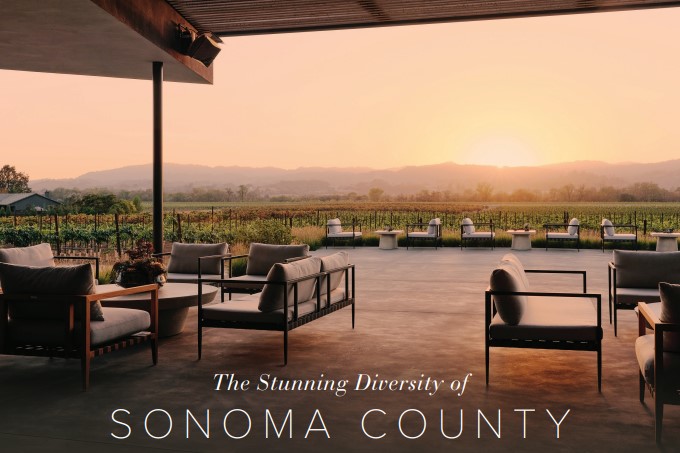WINE COUNTRY
Illustrative of this topographical diversity are the region’s 18 American Viticultural Areas, each featuring unique weather and geography that directly correlate to every varietal made within every boundary.
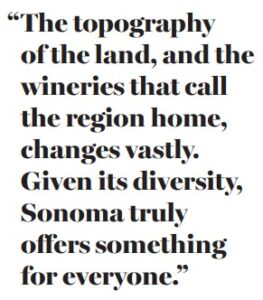 “More than 60 grape varieties are grown here,” said Michael Haney, executive director of the Sonoma County Vintners and Sonoma County Vintners Foundation and thirty-year wine industry professional. “From varietals like Chardonnay and Pinot Noir that produce famed bottlings of prominence to classic California wines made from Cabernet Sauvignon, Merlot,
“More than 60 grape varieties are grown here,” said Michael Haney, executive director of the Sonoma County Vintners and Sonoma County Vintners Foundation and thirty-year wine industry professional. “From varietals like Chardonnay and Pinot Noir that produce famed bottlings of prominence to classic California wines made from Cabernet Sauvignon, Merlot,
Zinfandel and more, Sonoma County is renowned for producing high-quality and world-class wines of distinction.”
Sonoma County spans 1500 square miles of virtually every type of terrain imaginable – plains, mountaintops, forests, riverbeds, and ocean cliffs. The Pacific Ocean has a massive effect on the region’s temperature, not only on its adjacent AVA’s (Sonoma Coast, Fort Ross-Seaview, and portions of Petaluma Gap) but on the area as a whole. This ocean proximity creates a variety of microclimates that, in turn, allow for a multitude of grape varietals to thrive. From the upland warmth of the Rockpile AVA skirting the Mendocino border, to Carneros, the southern-most AVA that shares its powerhouse Pinot Noir and Chardonnay grapes with the Napa Valley, winemakers and vintners find Sonoma County to be a veritable winemaking Shangri-la, providing nearly any topographical and geographical quality desired, as well as the rare availability of land on which to realize winemaking dreams.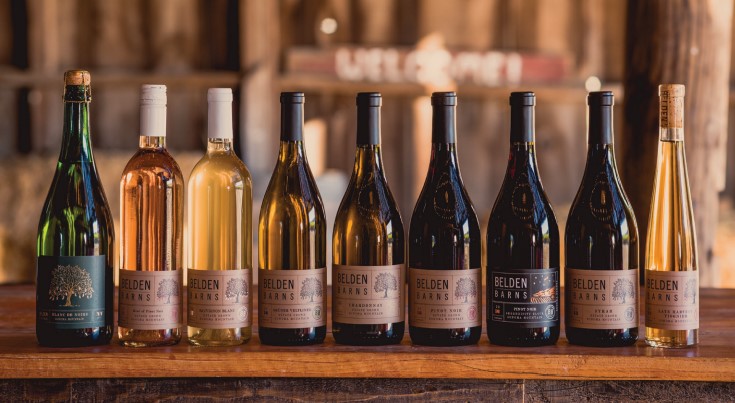
“I like to showcase the best of an area, and it’s harder to do that in Napa,” said winemaker Jesse Katz, a Wine Enthusiast ‘40 Under 40 Tastemaker and proprietor of Healdsburg-located Aperture Cellars, recently named a ‘Rising Star’ winery by Wine Spectator. “In Napa, often there are barriers to entry, and the cost per ton is high, which pushes out young talent to Sonoma or Paso Robles. This discovery in finding new areas or gems is really exciting for me and is something I seek when producing our wines.”
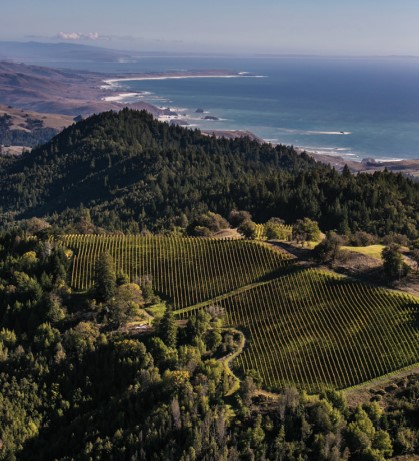 At Aperture, Katz focuses on selecting unique cooler sites in California, where he pairs diverse farming and precise winemaking techniques to extract the deepest expression of each vineyard. His silky flagship Aperture 2018 Cabernet Sauvignon, for instance, features Cabernet fruit from four mineral-rich, volcanic soil sites within Sonoma County’s celebrated Alexander Valley and is crafted with delicate inclusions of Merlot, Malbec, and Petit Verdot.
At Aperture, Katz focuses on selecting unique cooler sites in California, where he pairs diverse farming and precise winemaking techniques to extract the deepest expression of each vineyard. His silky flagship Aperture 2018 Cabernet Sauvignon, for instance, features Cabernet fruit from four mineral-rich, volcanic soil sites within Sonoma County’s celebrated Alexander Valley and is crafted with delicate inclusions of Merlot, Malbec, and Petit Verdot.
“Napa Valley is simply exquisite, featuring stunning properties with manicured landscapes and symmetry so perfect that even Kubrick would be impressed,” added Christopher Strieter, a co-founder of Senses Wines, a boutique producer based in Occidental. Strieter and his two partners, Max Thieriot and Myles Lawrence-Briggs, are Occidental natives, having grown up playing in the vineyards from whence their wines are derived. “Venturing west is Sonoma County, which is equally as stunning but in a very different sense. There’s an organic, wholesome, and native vibe to Sonoma that stretches to the ocean. The topography of the land, and the wineries that call the region home, changes vastly. Given its diversity, Sonoma truly offers something for everyone.”
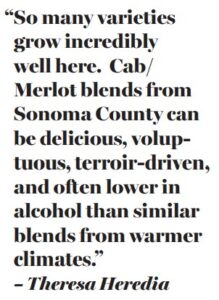 Theresa Heredia, director of winemaking for Forestville-based Gary Farrell Winery, too was drawn to Sonoma County’s differing climates and soil types that offer growers and winemakers the opportunity to experiment. “So many varieties grow incredibly well here,” said Heredia, a San Francisco Chronicle ‘Winemaker to Watch’ honoree who joined the Gary Farrell team in 2012. “Cab/Merlot blends from Sonoma County can be delicious, voluptuous, terroir-driven, and often lower in alcohol than similar blends from warmer climates. Whether from Dry Creek Valley or the Russian River Valley, Zinfandel can be picked early to capture varietal characteristics, site specificity, and sub-14% alcohol in the finished wine. The Russian River acts as a conveyor belt, pulling the fog from the Pacific ocean through the vineyards, chilling down the grapes after warm sunny days. This diurnal fluctuation allows winemakers the opportunity to pick early to capture purity and natural acidity, while also achieving the desired hang-time for optimal flavor development.”
Theresa Heredia, director of winemaking for Forestville-based Gary Farrell Winery, too was drawn to Sonoma County’s differing climates and soil types that offer growers and winemakers the opportunity to experiment. “So many varieties grow incredibly well here,” said Heredia, a San Francisco Chronicle ‘Winemaker to Watch’ honoree who joined the Gary Farrell team in 2012. “Cab/Merlot blends from Sonoma County can be delicious, voluptuous, terroir-driven, and often lower in alcohol than similar blends from warmer climates. Whether from Dry Creek Valley or the Russian River Valley, Zinfandel can be picked early to capture varietal characteristics, site specificity, and sub-14% alcohol in the finished wine. The Russian River acts as a conveyor belt, pulling the fog from the Pacific ocean through the vineyards, chilling down the grapes after warm sunny days. This diurnal fluctuation allows winemakers the opportunity to pick early to capture purity and natural acidity, while also achieving the desired hang-time for optimal flavor development.”
 Lauren and Nate Belden’s winery, Belden Barns, sits in the western-most part of the Sonoma Mountain AVA and overlaps with the Bennett Valley AVA. Situated at the tail end of the Petaluma Gap, fog and maritime breeze influence make Bennett Valley one of the coldest spots in Sonoma, while the Sonoma Mountain AVA is defined, in part, by altitude. This combo of cool climate and altitude provides the Beldens with a unique terroir. “It helps set what I would suggest is our Belden Barns profile,” said Nate. “Balanced wines with a backbone of acidity and intensity of flavor.”
Lauren and Nate Belden’s winery, Belden Barns, sits in the western-most part of the Sonoma Mountain AVA and overlaps with the Bennett Valley AVA. Situated at the tail end of the Petaluma Gap, fog and maritime breeze influence make Bennett Valley one of the coldest spots in Sonoma, while the Sonoma Mountain AVA is defined, in part, by altitude. This combo of cool climate and altitude provides the Beldens with a unique terroir. “It helps set what I would suggest is our Belden Barns profile,” said Nate. “Balanced wines with a backbone of acidity and intensity of flavor.”
The Belden site had been planted to Pinot Noir in the late ’80s by Rod Berglund of Joseph Swan, who released highly respected bottlings in the early ’90s. While Nate was initially drawn to the promise of stellar Pinot, it was the site’s raw beauty that spoke to him. “I grew up around farming and ranching, and Belden Barns has a very rural feel,” said Nate. “Tucked away in a private pocket with Sonoma Mountain as a backdrop overlooking Bennett Valley – it’s a special place with a lot of character.”
Not only is Sonoma County diverse in climate, terroir, and varietals, wine tasting experiences vary greatly as well. “Our wineries offer vineyard hikes, wine and food pairings, wellness experiences, and much more,” said Haney. “Our wine community is incredibly genuine and generous. It truly comes through in your experience. And because many of our wineries are family owned (85%), you are often tasting with the winemaker and owners themselves. When you take a seat at the table, you know you can expect exceptional hospitality and world-class wines.”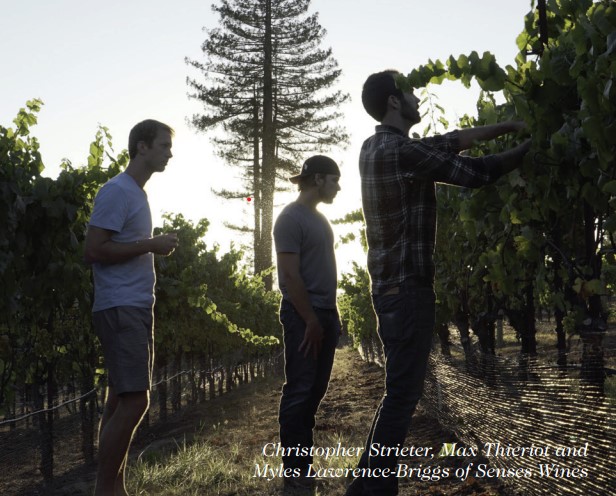
“From a consumer’s perspective, I think it’s easier to find a lot of exceptional wines from Sonoma County, specifically the Alexander Valley, Russian River Valley, and Russian River AVAs, at a lower price point compared to other California winemaking regions,” said Katz. “Our winemaking community here is very communicative and is always there when someone needs advice or help. When you consider the hurdles we’ve had to jump in the past few years, from multiple fires to the pandemic, it’s only natural that we all look out for each other and share what we can to help the whole community rise to the top. Additionally, the region has developed into an incredible community of culinary and hospitality talent; there truly isn’t a more compelling blend of luxury and unpretentiousness in Northern California.”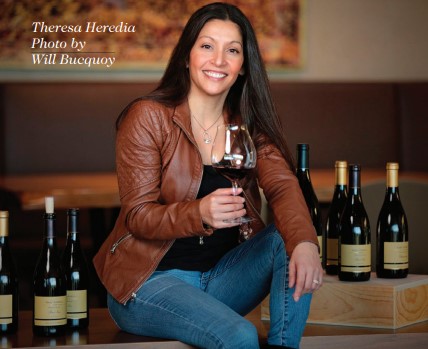
Added Birgitt Vaughn, director of global media relations for Sonoma County Tourism, “Sonoma County is a place where nature is celebrated and revered. A deep commitment to sustainability shines through in everything we do. From our renowned food and wine to the towering redwoods to the spectacular sunsets, Sonoma County is one amazing sensory experience after another. But it’s also something you feel on a deeper level. A profound sense of connection – to nature, and each other.”
FOR MORE INFORMATION:
www.sonomacounty.com
Story By: Fran Miller // Photos By: Joe Fletcher; Adam Decker; Sonoma County Vintners; Will Bucquoy; & Vance Jacobs

